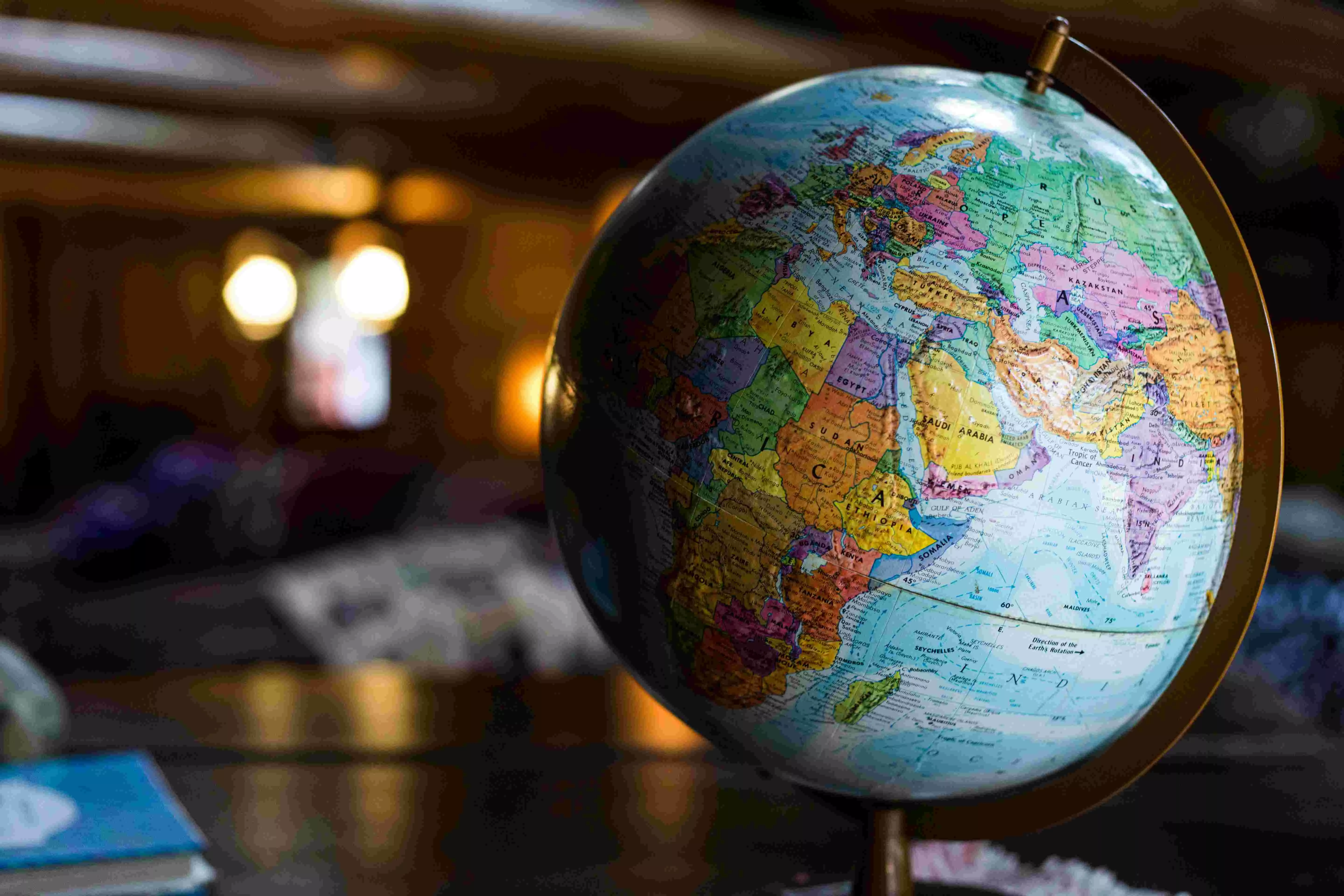Peace in Peril

The grim findings of Global Peace Index 2025 have hardly come as a surprise in a world embroiled in multiple conflicts and consequential economic chaos. In Europe, the Russia-Ukraine war—a result of actions of a powerful authoritarian ruler—is well into its fourth year, with no signs of abatement. Gaza Strip is still reeling under the reckless retribution carried out by the power-hungry Netanyahu-led regime. The conflict has assumed broader proportions lately as it has created wedges in the ever-fractured landscape of Middle East’s geopolitics. The ongoing Israel-Iran conflict is perhaps a manifestation of the same conflict. In all these, the United States—under the guise of ensuring peace and justice—has been a common thread. It has considerable stakes in all the conflict hotspots of the world. These conflicts, it needs no retelling, have repercussions much beyond the parties directly involved. Global supply chains, from wheat to oil and whatnot, have been under persistent strain. Emerging from the massive mess created by the Covid-19, the world has had little headroom to recuperate in full measure and timely manner. The Global Peace Index ranking is only a validation of this global turmoil.
The GPI is released by the Institute for Economics and Peace (IEP). It paints a sobering picture of a world whose peacefulness has declined by 0.36 per cent over the past year—marking the 13th deterioration in 17 years. This clearly signals a worsening trend. The world is now at its worst since the end of World War II. The GPI’s data is unambiguous. Conflict, violence, and militarisation are persistently on the rise. The pathways to dialogue and diplomacy, in the meantime, are narrowing. There are now 59 active state-based conflicts, more than at any point since the notorious 1940s. Political instability, unresolved grievances, fractured institutions, and intensifying geopolitical rivalries have become commonplace. It is no surprise that Russia, for the first time, has been ranked the least peaceful country on Earth (at 163), followed closely by its rival Ukraine (at 162). Rather than being a geographic mapping of conflict around the world, the GPI is a moral thermometer of the times we are living in. A report reveals that more than 122 million people are now either refugees or internally displaced. This is a signal of humanity’s collective failure to maintain peace, facilitate justice, and ensure dignity in regions engulfed by warfare or crumbling under the weight of state failure. Coincidentally or otherwise, the slide in peace parameters across the globe mostly aligns with the dominance of right-wing extremism or unaccountable authoritarian rule.
Under these circumstances, India’s ranking at 115th, up one spot from 2024, may seem to be a modest progress, but it comes with cautious optimism. For the sake of comparison, India ranks higher than Bangladesh (123), Pakistan (144), and Afghanistan (158) in South East Asia, and has shown improvement in nine key indicators. Still, India’s internal polarisation and disproportionate rise of right-wing extremism are good enough reasons to remain vigilant, especially in addressing communal tensions, border hostilities, and internal insurgencies. It must show a strong face—both on internal and external fronts. India’s regional context, in particular, cannot be ignored. If India aspires to rise as a global power, peace must not be treated as a fringe ideal but as a central pillar of policy.
Peace is not merely a utopian abstraction. It has a tangible cost when absent. Certain reports suggest that the economic impact of violence in 2024 alone amounted to USD 19.97 trillion—11.56 per cent of global GDP. Of this, a staggering USD 9 trillion went to military expenditures. In contrast, only USD 47.2 billion was allocated to peacebuilding. This global misallocation of resources betrays our collective priorities and underscores the urgent need to rethink global security architectures. It is no mystery that peaceful countries enjoy faster economic growth, higher investment, better public health, and a more educated population. Iceland, Ireland, New Zealand, Austria, and Switzerland—this year’s five most peaceful nations—also rank among the world’s most desirable places to live and visit. Building peaceful societies means investing in education, promoting equity, ensuring justice, and cultivating dialogue. Countries and governments around the world may be obsessed with displays of power and violence to exert their supremacy. Little do they know that real prosperity and source of power lie in peace. In a world so fragmented, peace assumes central importance, above anything else.



